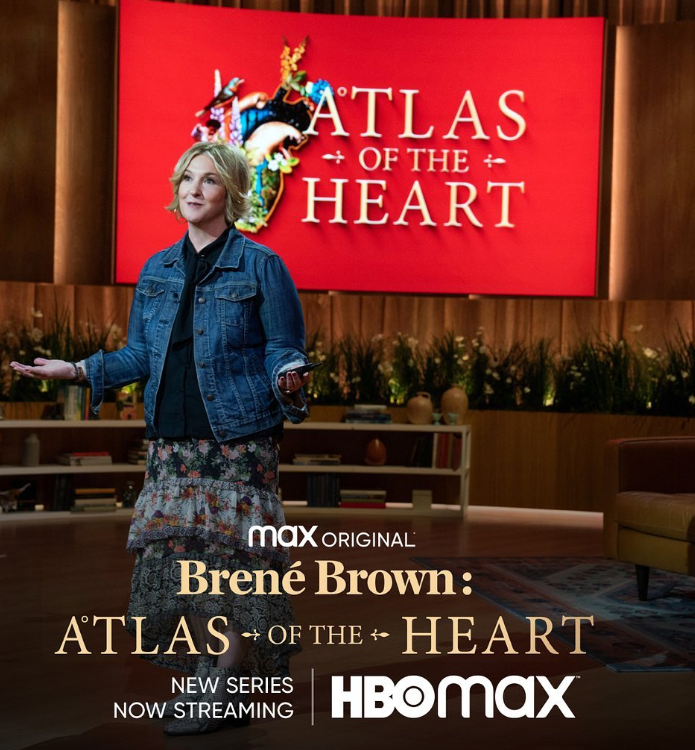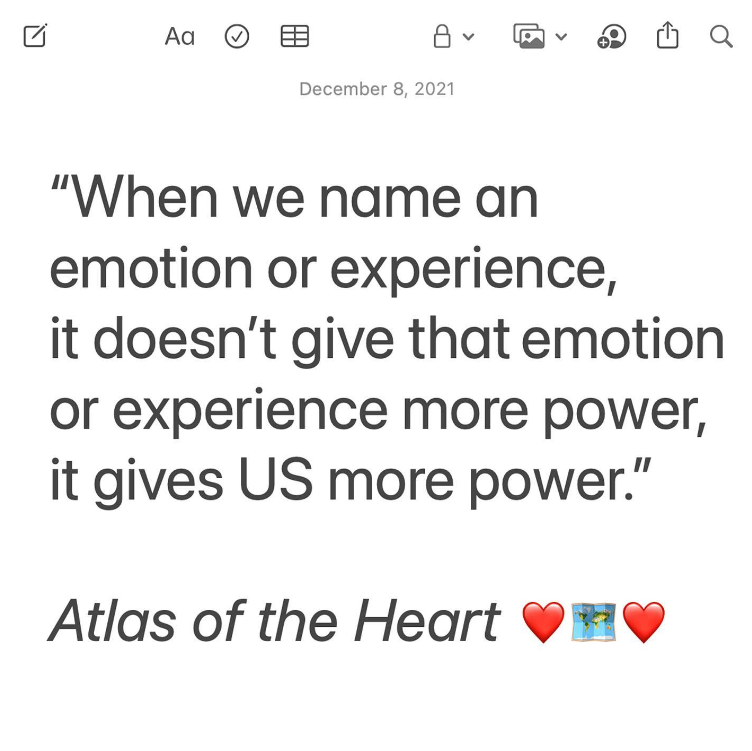The 87 Emotions Shape Our Lives According To the Wonderful And Intelligent Brené Brown
If you’re unfamiliar with the name and amazing human being who is Brené Brown don’t worry because you’re in the […]

If you’re unfamiliar with the name and amazing human being who is Brené Brown don’t worry because you’re in the right place now. Brown is an American research professor, lecturer, author (of six New York Times Best-Sellers), and podcast host. Her rise to fame happened in 2010 after her TED talk, The Power of Vulnerability we viral, being one of the most popular TED talks of all time with over 58 million views. She focuses her work on exposing the truth about emotional blindspots that hold us back as humans in our personal and professional lives. Brown reveals our needs as humans when it comes to authentic and meaningful connections. And, in her latest book, Atlas of the Heart: Mapping Meaningful Connection and the Language of Human Experience, she dives into the 87 emotions that shape and define us and how to express them within ourselves and to the world outside of us.
We Feel More Than Just Happy, Sad or Angry

The Daring Greatly author and her team found in surveys taken by 7,000 people over the course of five years, that most of us can only identify three emotions, “happy, sad, and pissed off.” And, there’s a wide gap between what feelings we experience and what we’re able to express within ourselves as well as communicate to others. In her latest book, Atlas of the Heart, she talks about “emotional granularity.” According to Brown, language is a key element to unlocking emotional vaults, and having emotional granularity means that we can use our words to express a range of emotions. 87 apparently…phew! By building emotional granularity we can better manage our emotions and, it can also allow us to form deeper and more meaningful connections with ourselves and those around us.
In her book Brown writes, “If we want to find the way back to ourselves and one another, we need language.” She continues, “and the grounded confidence to both tell our stories and to be stewards of the stories that we hear.”
The Differences

As listened to in her TED talk, Brown compares the emotions guilt and shame. She explained that guilt tells a person they did something bad whereas shame tells a person that they are something bad. She has also elaborated on envy vs. jealousy. Envy being more materialistic – wanting something that someone else has (looks, status, wealth, etc.) while jealousy is the feeling that a relationship is being threatened.
Brown talks about grief, an emotion we experience when loss happens. She states, “We live in a culture where people need us to move through our grief for the sake of their own comfort and grief does not have a timeline,” Brown told the TODAY show. “It takes as long as it takes.”
Positive emotions often get confused as well such as happiness and joy. Happiness is a lasting emotion that can be brought on by something such as living in line with our values. Whereas joy is more intense and can be as quickly disturbed as it is ignited. “If you’re afraid to lean into good news, wonderful moments and joy – if you find yourself waiting for the other shoe to drop – you are not alone,” writes Brown in Atlas of the Heart. “It’s called foreboding joy, and most of us experience it.”
Throughout her research Brown came to learn that everyone who demonstrated a large capacity for joy also practiced gratitude. She wrote, “In the midst of joy, there’s often a quiver, a shudder of vulnerability. Rather than using that as a warning sign to practice imagining the worst-case scenario, the people who lean into joy use the quiver as a reminder to practice gratitude.”
Atlast of the Heart is a road map for us humans to learn how to navigate our emotions and do that self exploration to effectively communicate what we are deeply feeling.
